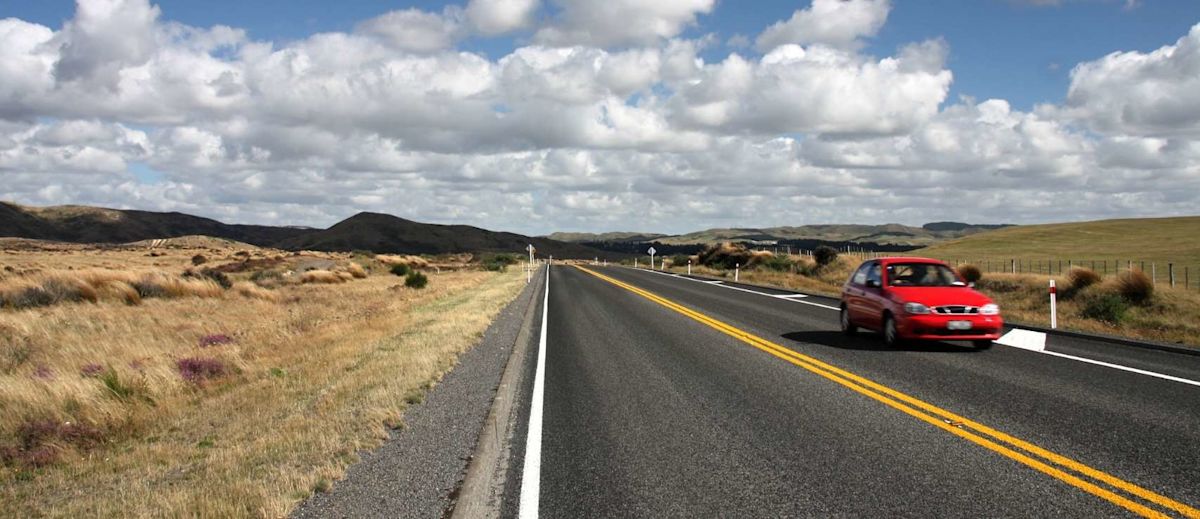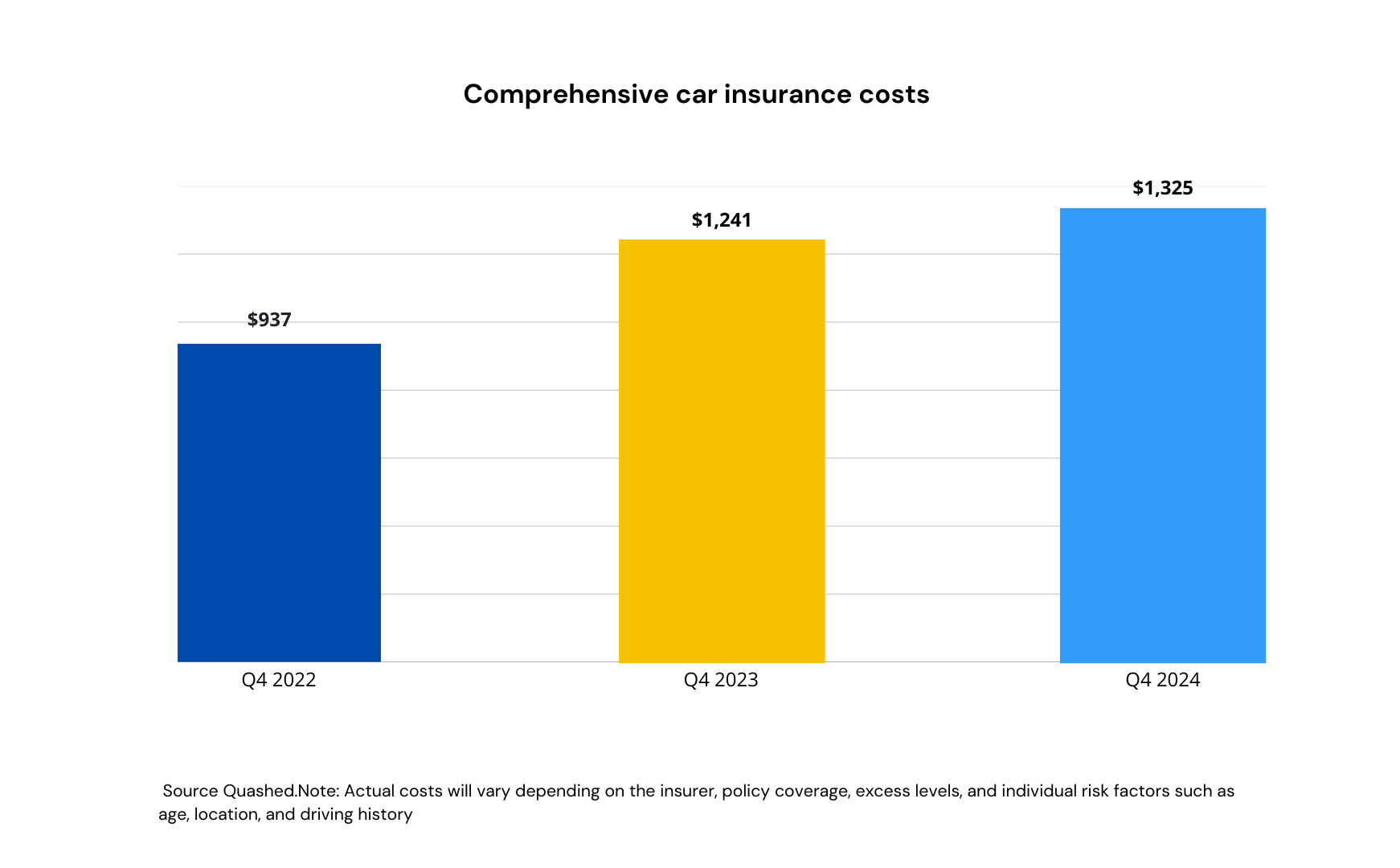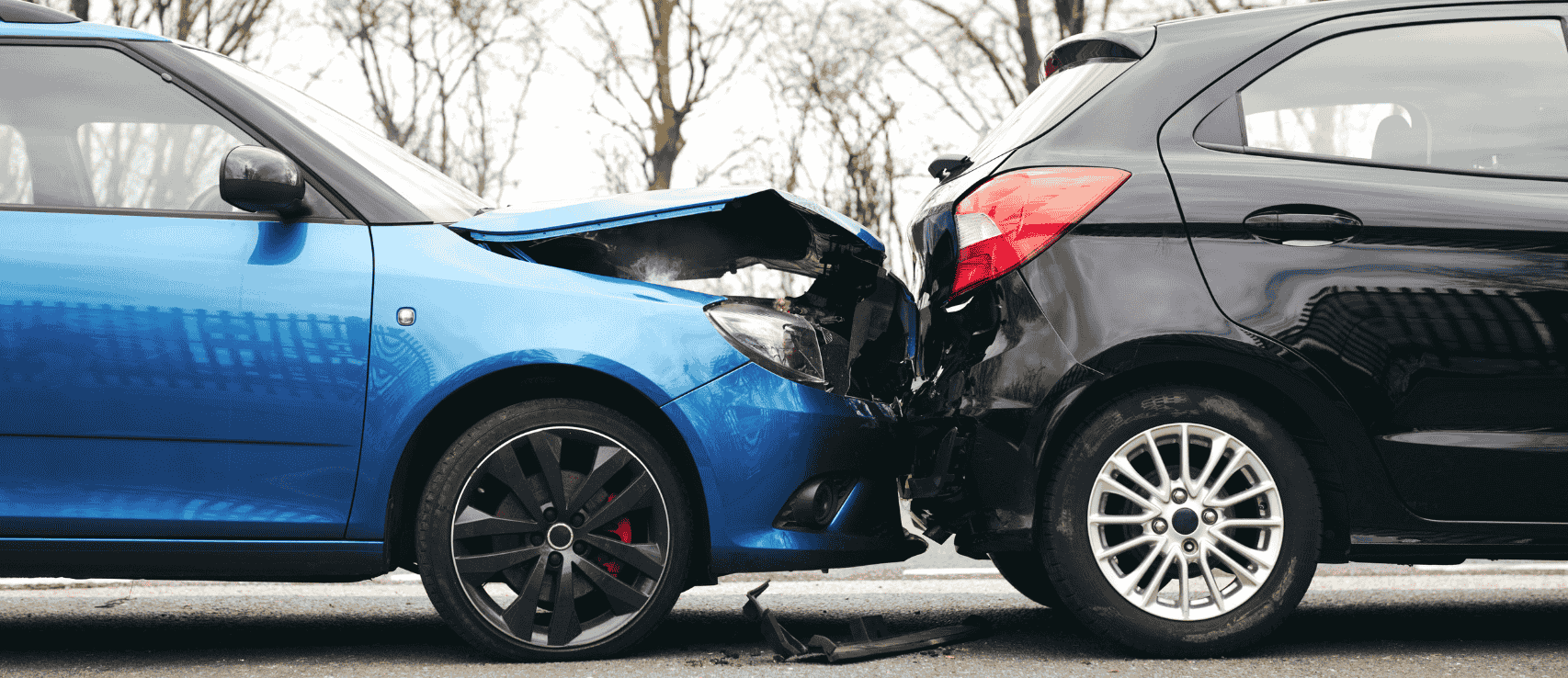
Your car insurance keeps going up—even though nothing’s changed. Same car, same driving habits, yet the premiums keep climbing. Frustrating, right? Insurers point to rising repair costs, inflation, and shifting risk models, but that doesn’t make it any easier to swallow.
The good news? You’re not stuck. A few smart moves—like shopping around and tweaking your policy—can help keep costs in check.
In this blog, we’ll break down 10 practical ways to lower your car insurance bill—without sacrificing the coverage you actually need.
1. Shop and compare
When it comes to affordable car insurance in New Zealand, one of the smartest moves you can make is to shop around and compare quotes. Car insurance premiums are rising, and sticking with the same provider without checking your options could mean you’re overpaying. The data shows a clear trend—comprehensive car insurance costs have surged over the past two years, making it more important than ever to find the cheapest car insurance available.

In Q4 2022, the average cost was $937. By Q4 2023, that jumped to $1,241, and now, in Q4 2024, it's sitting at $1,325. But not everyone is feeling the pinch equally. The cost varies by age.
Age group | Q3 2023 | Q4 2024 |
|---|---|---|
18-24 | $1,606 | $1,667 |
25-30 | $1,426 | $1,392 |
31-39 | $1,261 | $1,341 |
40-50 | $1,181 | $1,231 |
51-60 | $1,080 | $1,122 |
61+ | $1,070 | $1,168 |
Source: Quashed. Actual costs vary by insurer, coverage, excess levels, age, location, and driving history.
What this means for you?
Car insurance rates are climbing, but not at the same pace for everyone. Younger drivers continue to pay the highest premiums, while seniors saw the biggest percentage increase. If your renewal quote is higher than expected, you're not alone—and this is why comparing options before renewing is more important than ever.
Why are car insurance costs increasing?
These shifts reflect how insurers adjust their risk models based on claims data, repair costs, and broader market trends. That’s why shopping around can help you find more competitive rates on car insurance—renewing without checking other options could mean missing out on affordable car insurance deals.
How can Quashed help?
Finding cheap car insurance in New Zealand can be time-consuming, but Quashed makes it simple. Instead of jumping between websites, Quashed brings real-time quotes from multiple insurers into one place—so you can compare and lock in the best deal on cheap auto insurance in NZ without the stress.
2. Plan ahead: factor in car insurance costs early
If you’re shopping for a new petrol car, EV, or hybrid—whether on Trade Me Cars or at a dealership—it’s smart to factor in car insurance costs early, just like you would with maintenance and running expenses.
By comparing options upfront, you may find more affordable car insurance and avoid unexpected costs. Whether you’re searching for the cheapest car insurance in Auckland or simply looking for ways to cut costs, using Quashed helps you compare policies with ease and make informed decisions about your car insurance.
Here's how you can get started:
Sign up to Quashed for free to access a personalised car insurance comparison and explore affordable car insurance options in New Zealand tailored to your needs.
Once signed in, go to Market Scan and select "I don’t have an existing policy" if you’re insuring a new car.
In the Vehicle menu, enter your car’s details. If you don’t have a number plate yet, manually enter the make, model, and year to get the most accurate car insurance quotes.
Add your personal details, including: Age and date of birth, years of driving experience, accident or claims history, preferred insured amount and excess
From there, you’ll see a range of car insurance options side by side, making it easy to compare coverage, costs, and benefits in one place. That way, you can confidently choose the best car insurance cover for your budget—without the hassle.
3. Think about a higher excess
One of the simplest ways to reduce your car insurance premiums is by choosing a higher excess. This means you agree to pay more upfront if you need to make a claim, but in return, your annual premiums can decrease.
For example:
Vehicle: Ford Ranger XLT Double Cab W/S
Sum insured: $40,000
Policy type: Comprehensive car
Driver profile: 40 years old, female
Location: Wellington
Excess | Average annual car insurance costs $ | Savings by increasing the excess from $100 |
|---|---|---|
$100 | $1,194 | - |
$500 | $1,163 | $30 |
$750 | $1,068 | $125 |
$1,000 | $1,037 | $157 |
$1,500 | $972 | $222 |
Source: Quashed. Actual costs vary by insurer, coverage, excess levels, age, location, and driving history.
By selecting a higher excess, you take on more risk, but your annual premiums decrease. As shown above, increasing your excess from $100 to $1,500 could lower your premium by $222 per year.
However, it’s important to find the right balance. While a higher excess means lower ongoing costs, you need to ensure you can comfortably afford that amount if you ever need to make a claim. Always review your policy details, including optional extras and exclusions, to ensure you have the right level of protection.
4. Get your sum insured right
If you're looking to keep your car insurance costs in check, it’s crucial to ensure your sum insured matches your car’s actual value. Overvaluing your vehicle could mean paying more than necessary in premiums.
For example:
Vehicle: Toyota Landcruiser Prado
Policy type: Comprehensive car
Driver profile: 50 year old male
Location: Auckland
Sum insured $ | Average yearly car insurance costs $ |
|---|---|
$30,000 (overvalued) | $1,124 |
$13,000 (actual value) | $920 |
Source: Quashed. Actual costs vary by insurer, coverage, excess levels, age, location, and driving history.
How to accurately value your car for insurance
To make sure your sum insured is accurate:
Use Trade Me’s free online car valuation tool– It’s quick, easy, and gives you a realistic market value for your car.
Enter this figure into Quashed to see how adjusting your sum insured could affect your premiums.
By ensuring your sum insured reflects your car’s true value, you can avoid overpaying for car insurance while still maintaining the right level of cover.
5. List the right drivers on your car insurance policy
Ensuring all regular drivers are listed on your car insurance policy is key to maintaining full cover—this includes anyone using your car for rideshare services like Uber.
However, it’s worth noting that drivers under 25 often attract higher premiums due to their increased risk profile. If younger drivers don’t frequently use your car, excluding them from your policy may help reduce costs at each renewal.
If they only drive occasionally, many New Zealand insurers allow temporary driver additions, giving you flexibility when needed. However, it’s crucial to be transparent—if an unlisted driver is involved in an accident, your claim could be denied.
By keeping your driver list accurate, you can manage costs while ensuring your insurance remains valid and offers full protection.
6. Consider switching to third-party insurance
If your car’s value has dropped, it might be time to rethink your insurance coverage. Switching to third-party or third-party fire and theft could be a cost-effective option, helping you save on premiums while still covering accidental damage you cause to others.
For example:
Vehicle: Toyota Corolla
Sum insured: $3,500
Driver profile: 50 year old male
Location Auckland
Policy type | Average annual car insurance costs $ | Savings $ compared to comprehensive |
|---|---|---|
Comprehensive | $624 | |
Third-party fire and theft | $451 | $173 |
Source: Quashed. Actual costs vary by insurer, coverage, excess levels, age, location, and driving history.
In this example, switching to third-party fire and theft saves $173 per year. But there are some important considerations before making the switch.
What to consider before switching?
While moving away from comprehensive cover can lower your costs, it also means losing protection for your own vehicle. This includes:
Damage to your car from an accident
Cover for lost or stolen keys
Unexpected expenses like emergency transport or accommodation
So what's the bottom line? Before making the switch, consider whether the savings outweigh the risks for your situation. If your car’s value has significantly dropped, switching to third-party insurance could be a practical way to reduce costs while keeping essential protection.

7. Pay annually
Paying your car insurance annually can often be cheaper than opting for monthly payments. Here’s an example of the potential savings over a year:
For example:
Vehicle: Ford Ranger XLT Double Cab W/S
Sum insured: $40,000
Excess: $500
Policy type: Comprehensive car
Driver profile: 40 years old, female
Location: Wellington
Vehicle | Average cost - yearly payment $ | Average cost - monthly payment $ | Potential savings $ |
|---|---|---|---|
Ford Ranger | $1,164 | $1,245 | $82 |
Source: Quashed. Actual costs vary by insurer, coverage, excess levels, age, location, and driving history.
While $82 per year might not seem like a huge amount, these savings can add up over time—especially when combined with other ways to lower your premium.
But what to consider before switching to annual payments? Before committing to an annual payment, think about how it fits into your cash flow. Paying upfront saves money in the long run, but make sure it works for your budget so you’re not caught short on other expenses.
8. Boost security
Insurers may reward drivers who take proactive steps to reduce the risk of theft or damage. Installing security devices like car alarms, immobilisers, or GPS tracking systems makes your car harder to steal—and may also help lower your car insurance premiums.
By improving your car’s security, you're not just keeping it safe—you’re also demonstrating to insurers that you’re a lower-risk driver, which could lead to potential savings on your policy.
However, not all insurers offer the same discounts for security features. Before making any upgrades, check with your provider to see which security measures qualify for discounts and how much you could save.
9. Bundle and save—but check the fine print
Bundling your car insurance with other policies—like home or contents insurance—can be a great way to unlock discounts and simplify your admin. Some insurers offer multi-policy discounts, making it easier to save on your overall insurance costs.
However, bundling isn’t always the cheapest option. Insurers vary in pricing, coverage, and discounts, so it’s important to compare policies before committing.
Want to know more? Use Market Scan on Quashed to compare prices across insurers and see if bundling is the right move for you.
10. Drive safe, pay less
Your driving record is your golden ticket to cheaper car insurance. It’s simple—the cleaner your record, the more you could save. Insurers often reward claims-free drivers with lower premiums, making safe driving a smart way to cut costs.
So, how do you keep your record in top shape?
Follow speed limits and drive defensively.
Stay focused—avoid distractions like texting or adjusting settings while driving.
Anticipate hazards—be aware of other drivers and changing road conditions.
Every incident-free kilometre helps build a stronger driving history, which could mean lower premiums at renewal time. Drive smart, stay alert, and let your safe driving habits pay off.
Join 45,000+ Kiwis simplifying their insurance with Quashed
Get real-time quotes from top insurers, adjust your cover, and see the impact on your premium—all in one place.
No more hassle or wasted hours searching for insurance quotes.
Further reading
Check out these helpful articles
Car Insurance Quotes: Discover how to compare quotes and find the best deal.
What Car Insurance Covers: Learn what’s included and what to watch out for.
Debunking Car Insurance Myths:Get the facts and avoid common misconceptions.
Why Is Car Insurance So Expensive?: Find out what drives costs and how to manage them.
Car Insurance Guide: A straightforward guide to car insurance in NZ.
Sorting Out Your Car Insurance Renewal: Tips to get the best deal when renewing.
Cheapest Versus Best Car Insurance in NZ: Compare price versus value to make the right choice.
Quashed vs Others: See how Quashed stacks up against other platforms.
How to Save Money on Your Insurance: Simple ways to cut your insurance costs
FAQs
How can I lower my car insurance without losing cover?
You can reduce your premium while keeping essential coverage by:
Comparing quotes from multiple insurers to find the best rate
Increasing your excess to lower your premium (but ensure it’s affordable if you claim)
Bundling car insurance with other policies like home or contents for potential discounts
Checking your sum insured matches your car’s market value
Does raising my excess lower my car insurance?
Yes, increasing your excess generally reduces your premium, but:
You’ll pay more out of pocket if you need to make a claim
The savings vary by insurer and policy, so comparing options is key
How do I know if I’m overpaying for car insurance?
If your premium has increased without any claims or policy changes, you may be overpaying. Signs include:
Your renewal price is significantly higher than last year
Other insurers offer lower rates for the same level of cover
You haven't compared quotes in over a year
Do insurers reward loyalty with better prices?
Not always. Many insurers offer the best deals to new customers. To avoid overpaying:
Compare your current policy with other insurers annually
Call your insurer and ask if they can match competitor pricing
Look for sign-up discounts or multi-policy deals
What factors impact car insurance premiums the most?
Premiums are influenced by several factors, including:
Your car’s make, model, and age
Where you live (higher accident or theft areas lead to higher premiums)
Your driving history and claims record
The level of cover and excess you choose
Can removing certain cover options lower my premium?
Yes, but it depends on the insurer. You may be able to remove:
Windscreen cover or roadside assistance if not needed
Theft cover if you park in a secure location
Optional extras like rental car cover or legal assistance
Why do car insurance premiums keep rising?
Insurance costs increase due to:
Rising repair costs for modern vehicles
Inflation and supply chain issues affecting car parts
Higher claim volumes increasing overall risk for insurers
Market-wide premium adjustments by insurers
This article provides general information only and does not constitute insurance or financial advice. Insurance policies vary between providers, and you should check with your insurer or a licensed adviser for guidance specific to your situation. For full details, refer to Quashed’s terms and conditions.

